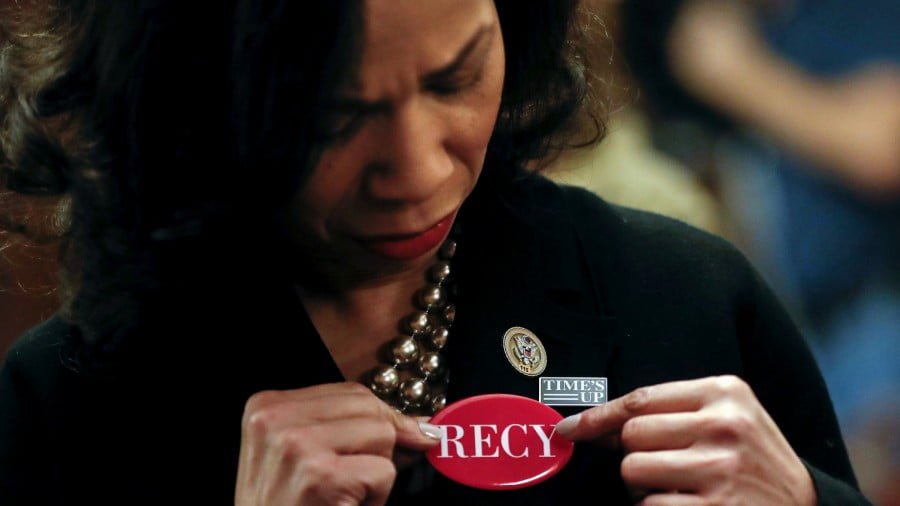Dumpling Wars
The Ukrainian blonde had the smell of trouble. She had perched herself, along with her mute friend, in a restaurant across from the famed South Melbourne Market. On arriving at the modish, glorious bit of real estate known as Tipsy Village, a Polish establishment famed for accented French cuisine, she shrieked: “Why do you have Ruskie dumplings on your menu?”
The Polish host, a man of butter mild manners and infinite tolerance, covered in stout glory, took it in his stride. “That is what they are called where I come from and that is what we serve,” Peter Barnatt stated with serene clarity. (Such wickedness! Such a radical disposition!) The blonde shrieking wonder continued to invest in the dumplings some satanic quality, as if each one had been a shell, soldier, a weapon massed and launched against her pristine homeland which she had, it seemed, abandoned. “We would just like coffees,” she demanded. His temper finally disturbed, the host insisted that, as the two were not intent on dining, might just as well leave.
In a luxurious huff, they exited. Such behaviour was fascinating for being irresolvable – no dining establishment worth its salt and cutlery should ever change that aspect of things. But for them, the issue had been decided, a prejudice firmed up and solid.
Names on the menu are a signature of a restaurant’s worth. Besides, dishes do not invade countries in tanks nor bomb cities. The episode was also strikingly, amusingly moronic. Food had been made out as somehow guilty, disgusting, revolting – all because of a name, an identity. The sin had moved in the dough, the mixture and the potatoes, dumplings with agency. The restaurateur was all the more guilty for hosting them.
Since the invasion of Ukraine in February 2022, the gastro-culture war on serving dishes with a Russian name, be it with hint, flavour, or substance, has been total. Hatred of the Kremlin has become bigotry towards the dish. In Madrid, Sergiy Skorokhvatov, himself Ukrainian and an owner of a restaurant called Rasputin serving both Russian and Ukrainian cuisine, sensed trouble. He ventured into the thorny world of online discussions to clarify the nature of what he was serving, which was considered wise given what has happening to other restaurants serving Russian fare.
This method of insurance was not full proof. “I thought that changing things would help us, but then people started posting similar stuff about us – ‘Don’t go to Russian restaurants’ – and pictures of blown-up buildings in Ukraine.”
When politics ventures into the field of gastronomy, imbecility is sovereign, its crown heavy. The French restaurant chain Maison de la Poutine, specialising in the combination of chips, cheese curds and gravy (poutine, you might say), was harassed for having a name vaguely approximating to the Russian president. This was strikingly reminiscent of the semi-literate mob that vandalised the home of Dr Yvette Cloete, a specialist paediatrician who had been confused for being a paedophile.
All of this presents itself in rather darkly hilarious fashion. In Poland, the Ruskie pierogi have been given a battering and vanishing, reincarnated with new names, emerging from kitchens reborn and de-Russified. The idea of Ukrainian pierogi is all the rage. The cheese and potato-filled wonders have again come to commandeer such interest in the food wars. Those who buck the trend end up receiving tongue lashings from the virtuous. Never mind that the idea of ruskie has little to do with the modern state machine that is Russia than the geographic mash which featured Kievan Rus.
The mighty fine diplomats of the kitchen could point to other origins in a peaceful overture. The first dumplings of this sort were a Chinese invention, and Marco Polo was good enough to bring them across to Europe. In Poland, the Polish bishop Jacek Orodwąż is said to have been key in introducing the dumpling in the 13th century. Having had a snack of them in Kyiv, the taste was sufficiently delightful to convince him to bring the recipe back to the homeland. But it took till 1682 for the first known pierogi recipe to make its way into a cookbook – Poland’s oldest, in fact – known as the Compendium Ferculorum by Stanisław Czerniecki.
As with so many food varieties now celebrated in their various forms from the cheap mundane to the scandalously extortionate, the original pierogi came to be seen as a nourishing weapon against famine and starvation. It did what it had to. All else is refined exaggeration, with a sense, where needed, of aesthetic pleasure.
Unfortunately for those in the restaurant business, the patron can be an unpredictable sort. For many who enter the premises, the ego of the person who eventually sits down to the meal becomes sprightly, and bad behaviour comes to the fore. One acts as one would not at home. Bigotry sings darkly; prejudice hollers in a jarring register. “Care for another vodka?” the tolerant host can only say to such conduct. Then comes the priestly gobbet of wisdom: “It makes the fish you eat swim.”
The other side of this fraught equation is that the restaurant with fine service and conversational owners is a place of sheer pleasure, conciliation, understanding. Over food, bread broken, dessert consumed, the labels of hatred disappear into musings and mutterings, even if only momentary. Take the vodka; let the fish swim.







